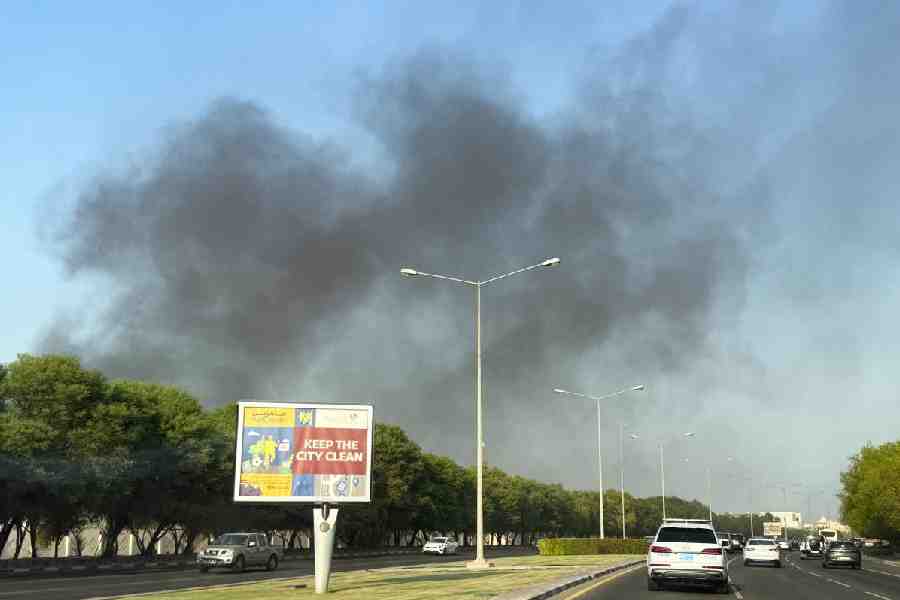 |
| Sky-gazers try to get a glimpse of the solar eclipse in July |
Ranchi, Jan. 10: Scientists of Birla Institute of Technology (BIT), Mesra, are getting ready to witness the solar eclipse that will occur on January 15, a day after Makar Sankranti.
Preparations are on at the meteorological observatory of the prestigious institution, from where two senior scientists from the department of applied mathematics are all set to visit the Kerala Agricultural University at Trichur.
“Ranchi will witness 78 per cent of eclipse around 1.30pm on January 15. The eclipse will be visible between 11.30am and 3.30pm. People can directly witness the atmospheric phenomenon wearing solar goggles,” said Manoj Kumar, one of the scientists (atmospheric sciences). Along with Kumar, scientist Sangeeta Sinha would also go to Trichur.
At the institute, the scientists, led by applied mathematics department head N.C. Mahanti, would be stationed at the meteorological observatory to see and record the atmospheric variations during the time of eclipse.
Kumar added that during the eclipse, the sun would appear like a semi-circular arc. It would be an annular solar eclipse.
In the country, the solar eclipse would be observed starting from southern tip of Kanyakumari and would pass through places like Trivandrum, Rameshwaram among others. In Rameshwaram, 95 per cent of eclipse can be seen.
The scientists would observe factors like low level turbulence in atmosphere, effect in lower atmosphere, variation in temperature and radiation and solar tide among other things during the eclipse.
A total solar eclipse was last observed in India and, for that matter, in other parts of the world on July 22, 2009. But it being the rainy season, the rare phenomenon was not properly visible here.
Last time, at BIT, Mesra, the state capital had experienced high-level wind turbulence (using fast response sensing sonic anemometer) and temperature variation along with radiation.
Temperature decreased by 30 per cent in the middle of the eclipse and radiation was trapped by 90 per cent.
The effect on plants and other living organisms was also recorded.










